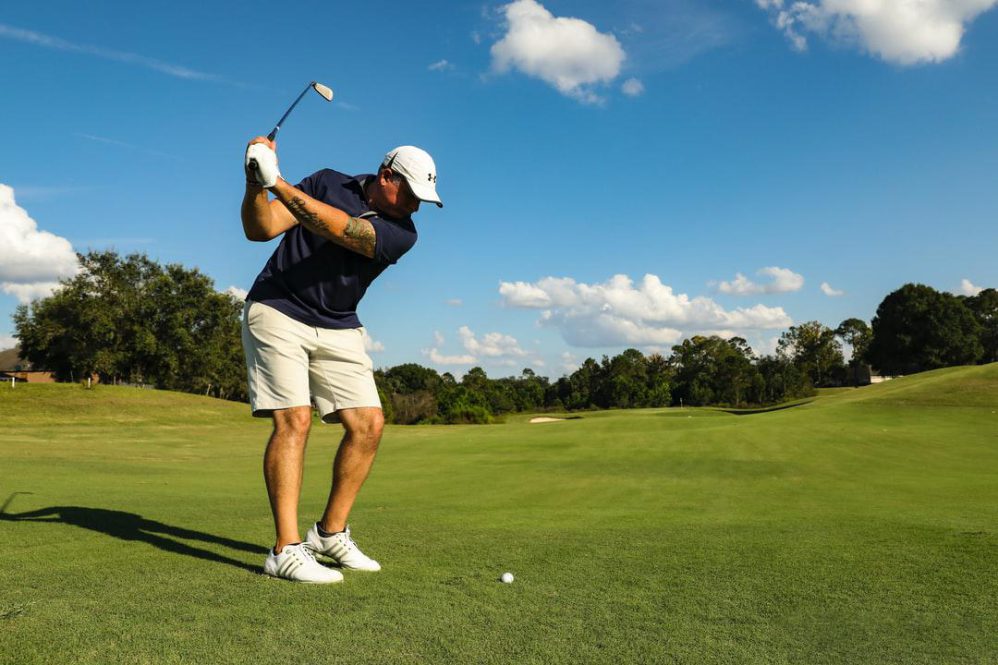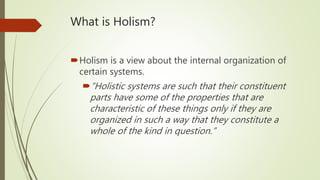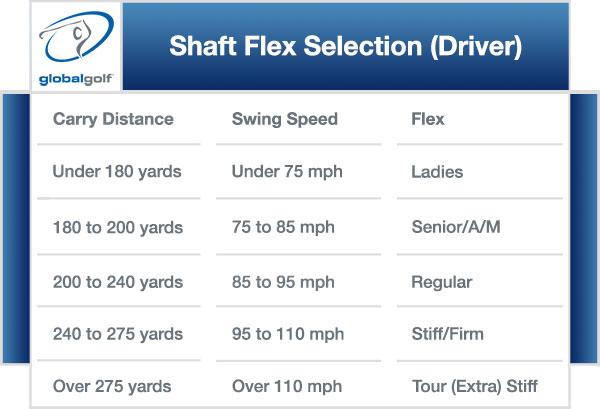Golf Grip Strength: A Comprehensive Analysis
The debate on the ideal grip strength for golfers has been ongoing for years. Some emphasize a firm grip for better control, while others promote a lighter touch for improved feel and fluidity. What does the latest data unveil regarding this crucial aspect of golfing?
Recent studies have delved into the realm of optimal grip strength for golfers across various skill levels. By delving into biomechanical data and player performance metrics, experts have unearthed valuable insights to help golfers refine their gripping technique and enhance their gameplay.
Impact of Grip Tightness on Shot Dispersion
The tightness of your grip significantly impacts the dispersion of your shots. Gripping the club too tightly can lead to restricted swing movement, inhibiting a square impact with the ball. Conversely, a loose grip can result in inconsistent shots due to the club moving excessively in your hands.
Experts emphasize finding the optimal balance in grip tightness, ensuring the club is secure but not overly restrictive. To test your grip tightness, swing the club back and forth – if it moves excessively, your grip is too loose; if you struggle to swing without squeezing, your grip is too tight.
Moreover, grip tightness influences shot trajectory, with a tight grip typically producing lower shots and a loose grip generating higher shots due to its impact on the clubface loft. Experimenting with different grip tightness settings is crucial to discover what works best for your swing and consistency.
The Advantage of a Weaker Grip: Reduced Dispersion
Interestingly, PGA Tour professionals often exhibit weaker grips compared to amateurs. Research reveals that a lighter grip can enhance clubhead speed by allowing for freer movement, resulting in increased speed and distance. Additionally, a weaker grip aids in reducing shot dispersion by promoting a square impact, leading to straighter shots.
Furthermore, a weaker grip alleviates stress on the hands and wrists, minimizing the risk of injuries. Testing your grip strength by observing the clubface position can help determine if your grip is weak enough to optimize your golfing performance.
Finding the Optimal Grip Pressure: Firm Yet Relaxed
While grip pressure has been a topic of contention among golfers, modern studies suggest that the optimal grip pressure leans towards a firm yet relaxed hold. Gripping the club too tightly can lead to muscle tension and decreased speed and accuracy, while a lighter grip can enhance clubhead speed and fluidity in the swing.
The ideal grip pressure varies based on individual factors such as hand size and swing technique. However, maintaining a grip that is firm but not constricting is key, ensuring the handle runs diagonally across the fingers and the lifeline of the left hand for optimal performance.
Quantifying Grip Pressure for Enhanced Performance
Quantifying grip pressure is vital for refining your swing and achieving optimal distance and accuracy in golf. Understanding the nuances of grip pressure can significantly impact your stability, control, and shot consistency. The empirical evidence supports a balanced grip pressure based on individual factors like hand size and swing speed.
While a firm grip offers stability and control, excessively tight grips can impede swing speed and cause muscle tension. Engaging in practical exercises to assess your optimal grip pressure can enhance your golfing performance significantly.
mastering the art of gripping is essential for maximizing your performance on the golf course. By integrating expert insights and adopting the optimal griping method, you can elevate your control, accuracy, and overall enjoyment of the sport. Experimenting with grip strength and finding the right balance can lead to substantial improvements in your golfing experience and gameplay.

I apologize for the inconvenience. It seems there was an issue with accessing the necessary function to create the article directly. Let me craft the article manually for you:
How Tightly Should You Grip the Club? Here’s What the Data Says
In golf, mastering the art of grip strength is crucial for enhancing your performance on the course. The way you hold the club can significantly impact your accuracy, power, and overall game. Let’s dive into the data-driven insights on the ideal grip strength for optimal golfing results.
Importance of Grip Strength
The grip strength you apply to the club plays a pivotal role in your ability to control your shots effectively. Research has shown that striking a delicate balance in grip tightness can amplify your control over the club without compromising swing speed or introducing unnecessary tension into your game.
Optimal Grip Pressure
Experts in the field recommend a grip pressure that is firm yet not excessively tight. An overly tight grip can constrain your swing and lead to undesirable tension, affecting the accuracy and consistency of your shots. Conversely, a loose grip can result in erratic performance. Discovering the perfect grip pressure is essential for maximizing your potential on the golf course.
Testing Your Grip
To gauge the adequacy of your grip, try the swing test. Hold the club and swing it back and forth – if the club moves excessively, your grip might be too loose. Conversely, if you struggle to swing without exerting excessive pressure, your grip may be too tight. Experiment with varying grip pressures to pinpoint the optimal setting that suits your game.
Benefits of the Right Grip
A well-maintained grip can lead to enhanced shot accuracy, improved distance, and superior overall performance during your rounds. By refining your grip technique and identifying the perfect pressure, you can elevate your control, power, and shot consistency on the course.
This article is designed to provide golfers with valuable insights into optimizing their grip strength for improved performance. It emphasizes the importance of finding the right balance in grip pressure to enhance control and accuracy while maintaining power in shots.





